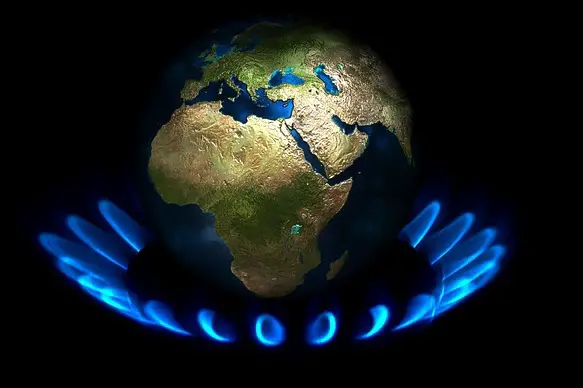A new International Energy Agency (IEA) report out Thursday says that amid a wide range of uncertainties, the global supply of natural gas this year is likely to remain tight, as prices remain elevated.
For the time being, the pressure on the markets has fallen, as a mild winter reduced the demand for storage withdrawals in Europe, and lower demand out of China has reduced overall demand, according to the latest Gas Market Report.
Over the first quarter of 2023, liquified natural gas (LNG), which served as a replacement for Russian pipeline supplies of natural gas, saw its spot prices decline below the levels seen in the summer of 2021, although they remained higher than the historical average.
However the IEA warned that the current environment offers “no guarantee against future volatility,” and it recommended that countries should still implement measures to assuage risks such as declines in the availability of LNG, adverse weather events, or a further decline in the volumes of Russian pipeline deliveries to the EU.
Last year the European Union endured a major gas supply shock after imposing economic sanctions on Russia, which led to precipitous declines in the volumes of gas deliveries from Russia. Events culminated in a sabotage attack on the Nord Stream pipelines, which ultimately eliminated their deliveries entirely, reducing total deliveries of Russian gas to Europe by 80% over the course of the year.
The bloc replaced the lost Russian supplies with American LNG, however it did so at vastly increased cost. It is projected the US will become the world’s leading LNG exporter in 2023.
Russian gas still flows to Europe through the TurkStream pipeline, which bypasses Ukraine to deliver gas to southern Europe, as well as through a gas transit network that passes through Ukraine.
The main importer of Russian gas in the EU, Hungary, announced last month that Moscow has assured it that gas will will continue to flow through the TurkStream pipeline without interruptions.

